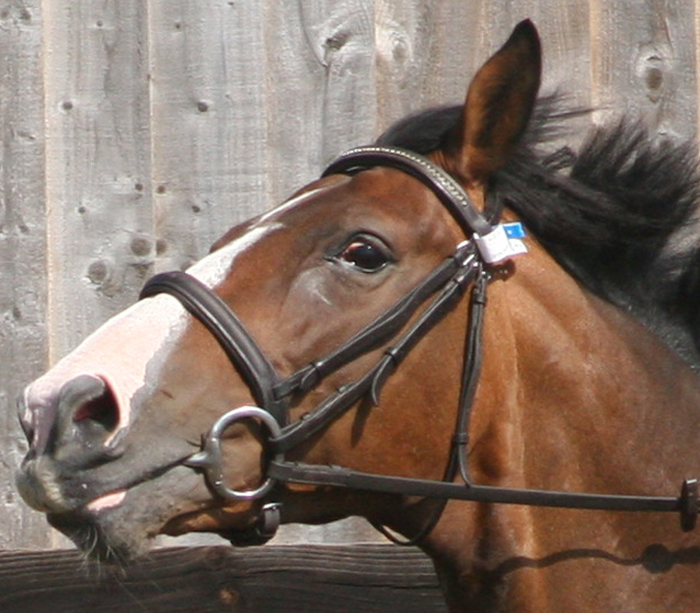Research at the Animal Health Trust, Newmarket, could revolutionise our perception of pain in ridden horses and encourage owners to get help for their animals before it is too late.
Dr Sue Dyson, the AHT’s head of clinical orthopaedics, has developed an ethogram to help identify changes in a ridden horse’s facial expression that can help identify signs of pain.
“Owners, riders, trainers and even some vets are known to struggle with recognising when a horse is lame from looking at horse’s gait alone, and some lameness is so subtle that only an expert eye can see it,” says Dr Dyson.
“Owners, riders and trainers also have a poor ability to recognise signs of pain seen when horses are ridden. As a result, problems are often labelled as training-related or behavioural.”
It is often assumed that a horse is just behaving badly, or that a way of going may be deemed normal for that horse because that’s how he’s always gone. Dr Dyson says this means that pain-related problems are often disregarded, so the horse continues in work and the problem gets progressively worse.
Low grade lameness may be hard even for a vet to recognise, so it is not surprising that many owners do not spot it. However, Dr Dyson and her team have found that lay people find it easier to identify changes in a horse’s facial expression and head position.
Their ethogram is a catalogue of facial expressions including the ears, eyes, nose, muzzle, mouth and head position. Each body part can display an expression which may be normal, or reflect pain, conflict behaviour or distress.
Her aim is to develop a practical tool for recognising facial expressions, like that of the universally used body condition score chart which identifies if a horse is underweight, overweight or in correct condition.
This is just the start of a project that could improve the health and welfare of all horses. Work is now underway on the development of a “whole horse” ethogram.
Image: Dr Sue Dyson


